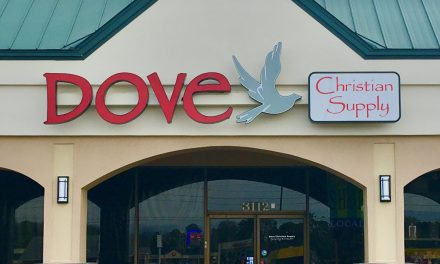By Amber Christian
Stockabl.com
In light of current world events, global supply chain concerns have stayed at the forefront of almost every industry. Processes that were designed to cut the “waste” or slack out of systems have had to fall to the side, due to the inability to procure the materials needed to produce products. Once the pandemic arrived, the glorious supply chains became broken chains with links scattered everywhere.
Store owners are feeling their own pain. Laura Tucker, owner of Finders Keepers in Lewisville, Texas, shared, “I have purchased more items for our store in hopes that I will get at least half of what I ordered.”
Pam Hammond from The Paddington Family of Stores in Ashland, Oregon, shared her biggest frustrations, “Back orders, non-delivery, poor communication, surcharges, and high freight.”
Margaret Legut from The Wild Rose Elmhurst Hospital in Elmhurst, Illinois, noted, “When ordering products, everything seems to be out-of-stock. Or if it does not show out-of-stock, then months later, product shows up. I had Christmas that just showed up in mid-March!”
The Pivot
The global supply chain meltdown has presented an opportunity to examine how products are sourced. Many shoppers have awakened to the importance of ethical sourcing and caring about the manufacturing process: How was it made, where was it made, and what is the carbon footprint?
Steve Banker with Forbes shared online last October, “Nearly 88 percent of survey respondents said when shopping after the pandemic, they will prioritize buying from companies that make it clear they have ethical sourcing strategies in place.”1
If you haven’t already made the pivot to new sources, now is the time to add some new perspectives and arm yourself with new tactics.
Emily Webb from Emily’s Garden in Quincy, California, observed, “Most things made in the USA from small vendors have been in stock. Anything from other countries seems to come in 3-month cycles.”
Adding handmade and Made in the USA to the mix is a great way to change things up: keep your store stocked, cut down on shortages and shipping problems.
“First, I will be working hard to find more Made In the USA products,” shared Nancy Figg of Country Corner & Craft Antique Mall in Chillicothe, Missouri. “I prefer made in the USA but when it comes to ‘décor,’ most of the mass-produced stuff is made in China… so that is a challenge. We are going back to our roots and have been making wreaths and upcycling vintage items and flipping used furniture. Our store is a mix of vintage and new products, so we have been filling heavily with vintage, which has been selling well for us.”
If you don’t have the option of making your own merchandise to sell, local handmade is the next best step. By connecting with local makers, you’re fueling your local economy and the people who live in your area.
Buying local handmade is putting the people back in the supply chain, and it may even be the cheaper option due to the jump in wholesale cost of merchandise and increased shipping costs. Also consider the opportunity cost of lost revenue when merchandise you ordered doesn’t arrive on time.
Next Steps
Get started by looking for potential handmade wholesale makers:
- Check online websites, like Stockabl.com, where handmade makers sell wholesale.
- Ask your customers when they come in if they know of any handmade makers in the area.
- Attend a local art fair and talk to makers who may have the ability to provide stock for your store.








